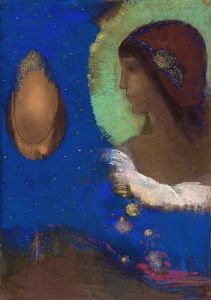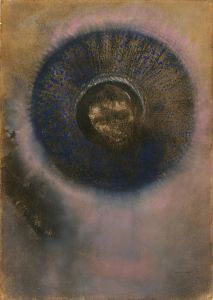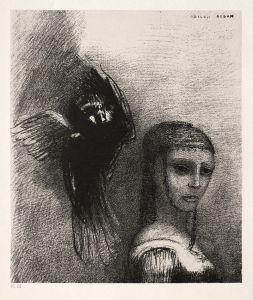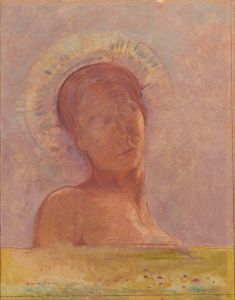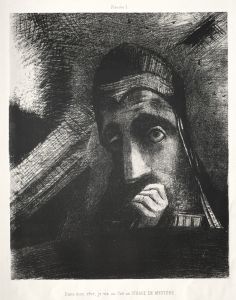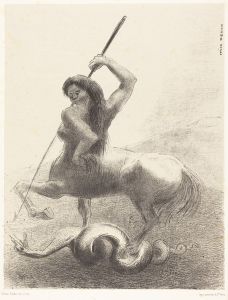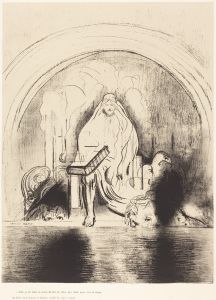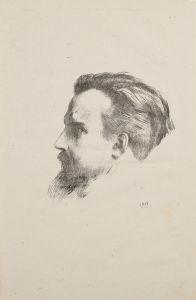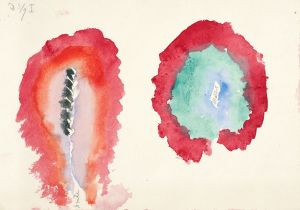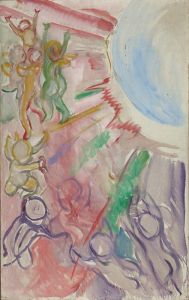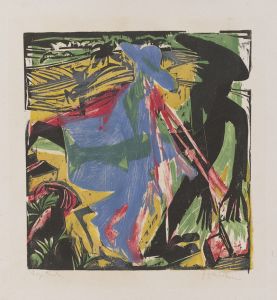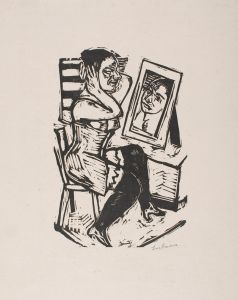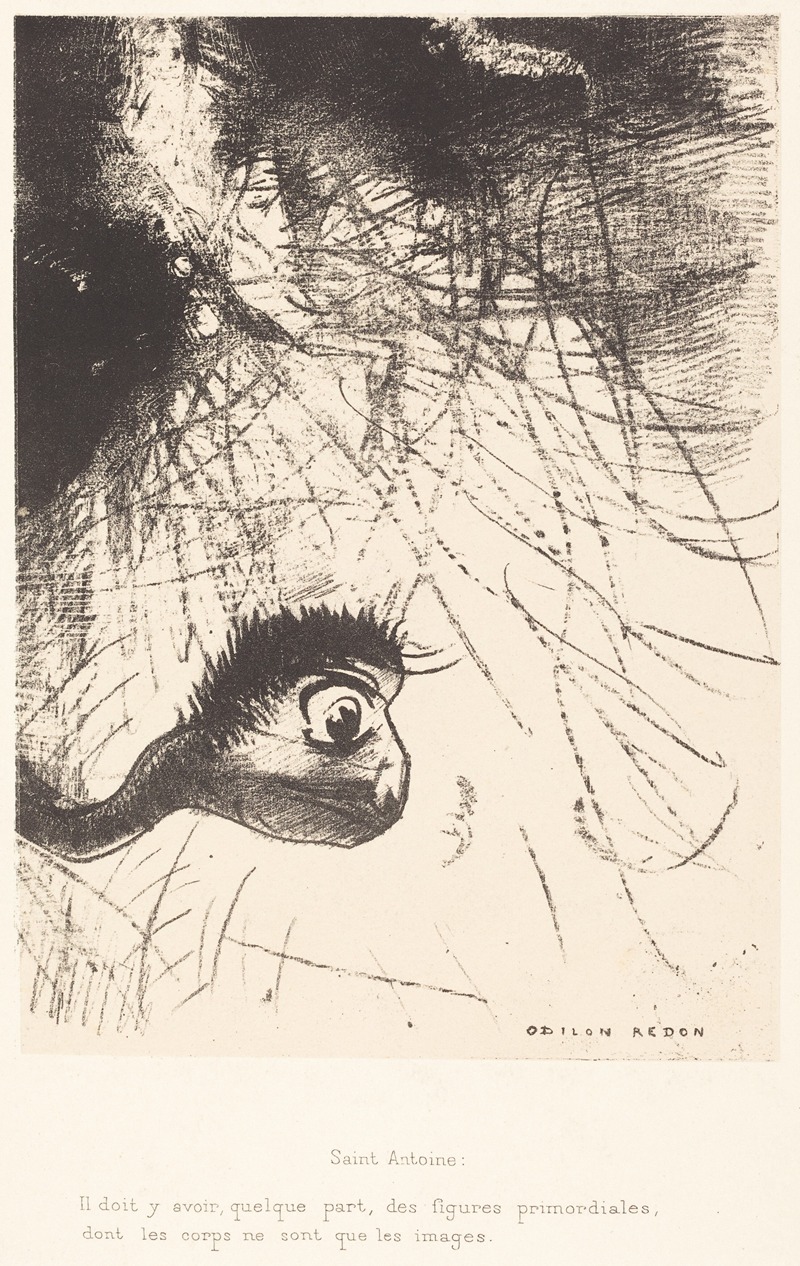
Saint-Antoine; Il doit y avoir quelque part des figures primordiales dont les corps ne sont que les images
A hand-painted replica of Odilon Redon’s masterpiece Saint-Antoine; Il doit y avoir quelque part des figures primordiales dont les corps ne sont que les images, meticulously crafted by professional artists to capture the true essence of the original. Each piece is created with museum-quality canvas and rare mineral pigments, carefully painted by experienced artists with delicate brushstrokes and rich, layered colors to perfectly recreate the texture of the original artwork. Unlike machine-printed reproductions, this hand-painted version brings the painting to life, infused with the artist’s emotions and skill in every stroke. Whether for personal collection or home decoration, it instantly elevates the artistic atmosphere of any space.
Odilon Redon was a French symbolist artist known for his unique and imaginative works that often explored themes of dreams, spirituality, and the subconscious. One of his notable works is "Saint-Antoine; Il doit y avoir quelque part des figures primordiales dont les corps ne sont que les images," which translates to "Saint Anthony; There Must Be Somewhere Primordial Figures Whose Bodies Are Only Images." This piece is part of Redon's broader exploration of the mystical and the fantastical, drawing inspiration from literature, mythology, and religious themes.
Redon was born in Bordeaux, France, in 1840 and developed an interest in art from a young age. He studied under the artist Jean-Léon Gérôme and later with Rodolphe Bresdin, who introduced him to etching and lithography. Redon's early works were primarily in black and white, using charcoal and lithography to create his "noirs," which are characterized by their dark, dreamlike quality.
The painting "Saint-Antoine" is part of a series of works inspired by Gustave Flaubert's "The Temptation of Saint Anthony," a novel that delves into the spiritual and psychological trials of Saint Anthony the Great, an early Christian monk. Flaubert's narrative provided a rich source of inspiration for Redon, who was fascinated by the interplay between reality and imagination, as well as the inner struggles of the human soul.
In "Saint-Antoine," Redon captures the essence of Flaubert's story by depicting a scene that is both surreal and symbolic. The title itself suggests a contemplation of the existence of primordial figures, hinting at a deeper philosophical inquiry into the nature of reality and illusion. Redon's use of color and form in this work marks a departure from his earlier monochromatic pieces, showcasing his evolution as an artist who embraced color to convey emotion and meaning.
Redon's art is often associated with the Symbolist movement, which emerged in the late 19th century as a reaction against the naturalism and realism that dominated the art world at the time. Symbolists sought to express the ineffable and the mysterious, often drawing on themes of mythology, dreams, and the esoteric. Redon's work fits within this context, as he consistently sought to explore the boundaries of perception and the unseen forces that shape human experience.
Throughout his career, Redon remained committed to his vision of art as a means of exploring the inner world. His works, including "Saint-Antoine," continue to captivate audiences with their enigmatic beauty and profound symbolism. Redon's legacy as a pioneer of modern art is evident in the way he influenced later artists, particularly those associated with the Surrealist movement, who admired his ability to evoke the dreamlike and the fantastical.
In summary, "Saint-Antoine; Il doit y avoir quelque part des figures primordiales dont les corps ne sont que les images" is a testament to Odilon Redon's mastery of symbolism and his ability to convey complex themes through his art. The painting reflects his fascination with the mystical and the metaphysical, inviting viewers to ponder the nature of existence and the power of imagination.





